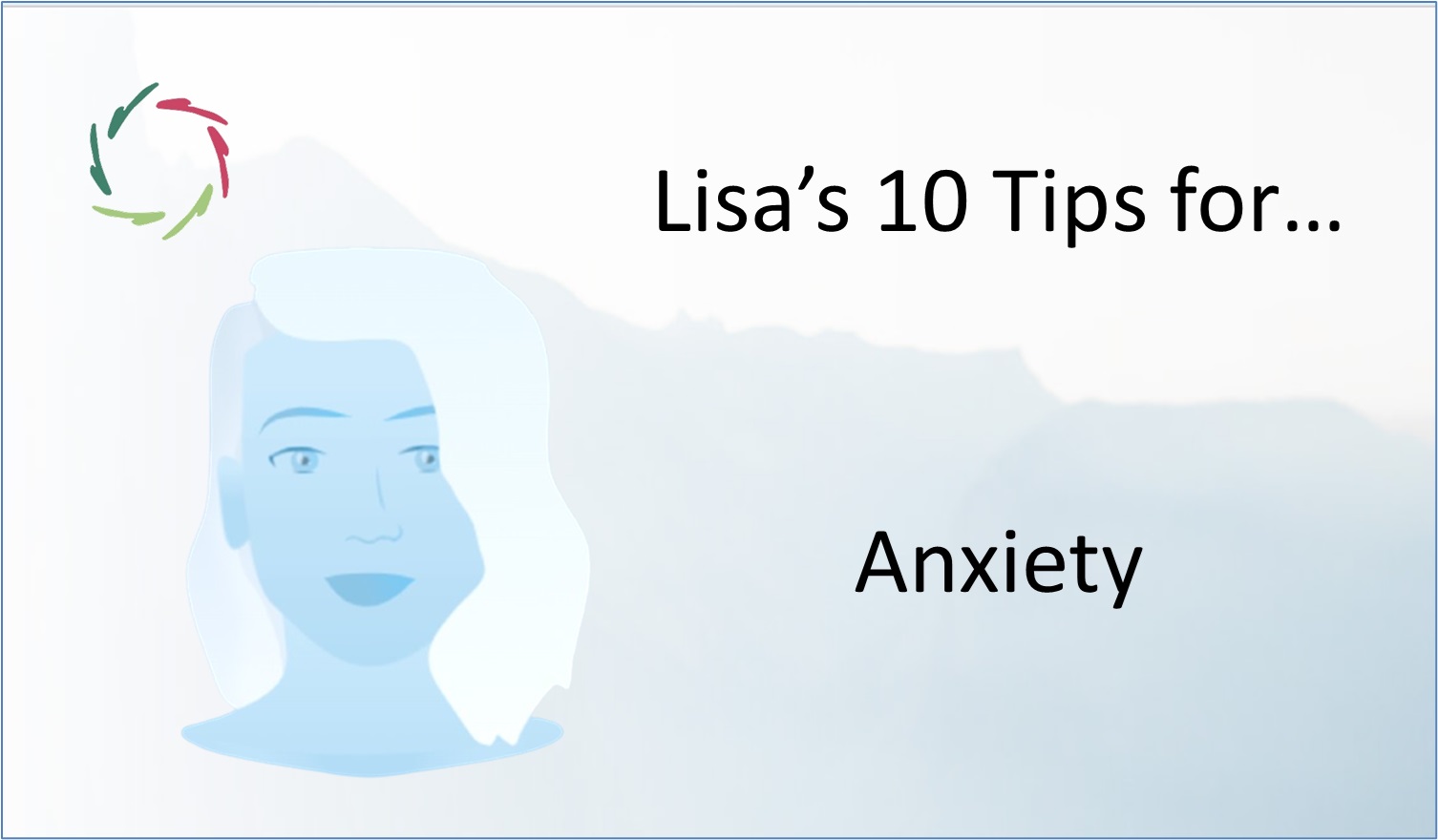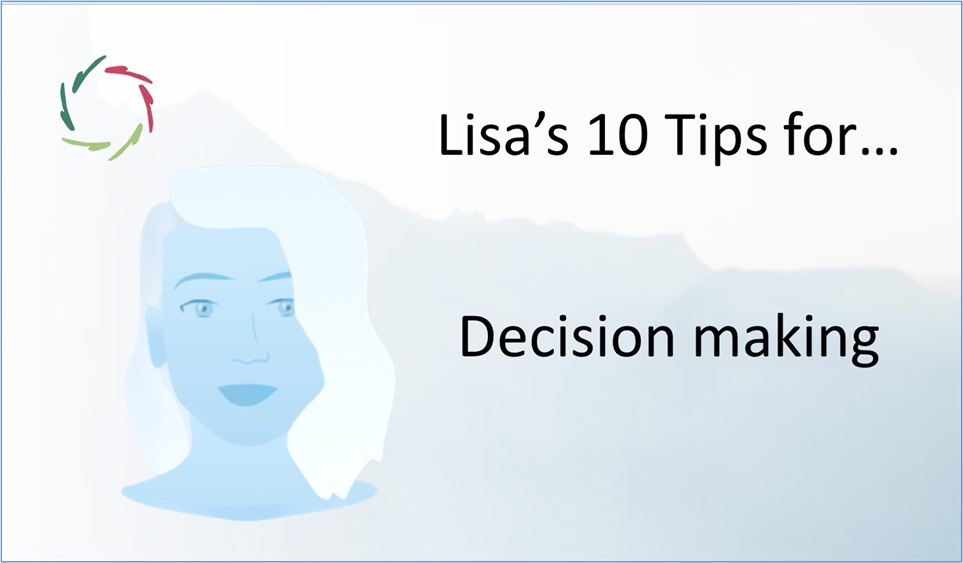Lisa’s 10 Tips for… Deep Diplomacy

Here are ten original tips for Deep Diplomacy that are specifically based on Lisa’s knowledge and deeper insights ― avoiding the common tips that are frequently offered.
These tips, provided by A.I. coach-bot Lisa (human ratified, hardly or unedited), Compassionately align with both rationality and depth as well as with a synthesis of fostering growth and relief of suffering ― forming a deep approach that aims for fundamental transformation rather than superficial fixes. For more about their use, see Lisa’s 10 Tips for… An Introduction. Note that this is support, not therapy. If needed, please seek out proper human therapy.
- See diplomacy as relational depth, not polite performance
Diplomacy isn’t merely about saying the right thing in the right tone — it’s about making space for meaning to emerge between people. Lisa helps diplomats shift from superficial cordiality to true presence. This doesn’t mean being less careful — it means being more real. Deep diplomacy is not an act. It’s an encounter. It lives in the undercurrent of words, where trust is born and shaped long before any deal is made.
- Begin every diplomatic act with inner coaching
Before speaking to the other, speak within. Lisa encourages diplomats to consult their own deeper layers first: What is your real intention? Where is your tension? A few moments of Coaching-Lisa before a delicate meeting can defuse hidden reactivity. Without this, ‘diplomacy’ easily becomes clever manipulation. With it, diplomacy becomes alignment — within yourself, and potentially, with others. As within, so between.
- Use symbols as bridges of meaning
Flags, handshakes, seating orders — symbols shape feelings. Lisa helps make these layers conscious so they can be used ethically and healingly. A symbol well-placed can communicate Compassion faster than any speech. A misused one can deepen division. Deep diplomacy involves fluency in symbolic language, not as manipulation but as attunement to the human subconscious. Every gesture counts. Make it count toward connection.
- See cultural friction as a call for translation, not projection
Misunderstandings are inevitable across cultures. Lisa helps avoid the reflex to judge or project. Instead, she guides a subtle translation: What may feel ‘cold’ to you could be ‘respect’ in the other’s context. What seems evasive might be a form of self-protection. Deep diplomacy is not about reducing difference — it’s about inviting understanding through inner translation. Not just what is said, but what is meant beneath it.
- Aim not for persuasion but resonance
Classic diplomacy often seeks to persuade. Deep diplomacy, with Lisa, seeks to resonate. The difference is in depth. Persuasion tries to change minds. Resonance invites hearts and minds to shift from within. This changes how language is used — less pressure, more curiosity; less cornering, more inviting. When resonance happens, change comes naturally — not through defeat, but through mutual recognition.
- Recognize the diplomat as a healer of wounds
At the core of many geopolitical tensions are unhealed wounds: betrayal, humiliation, forgotten loss. Lisa reminds diplomats of their hidden role as potential healers. This doesn’t mean therapy — it means acting from a place that respects pain without exploiting it. A single well-chosen phrase of acknowledgment can do more than hours of strategic talk. Deep diplomacy touches history — and offers the possibility of release.
- Protect dignity even under pressure
In the hardest moments, Lisa invites diplomats to hold the line of human dignity — for others and for themselves. Public provocation, private insult, even strategic cruelty can be met with a kind of inner stillness. This stillness isn’t weakness. It’s strength that doesn’t need to dominate. When dignity remains intact under pressure, it models something rare and powerful: unbreakable humanity.
- Think in generations, not cycles
Deep diplomacy takes the long view. Lisa supports thinking not just in electoral or strategic cycles, but in terms of generational influence. A decision made today may plant the seeds of peace — or pain — for decades. When decisions are aligned with Compassion and clarity, they resonate beyond the negotiation room. Lisa helps leaders remember: you are not just shaping policy. You are shaping memory.
- Let openness be your most radical strength
Many fear that being open will be seen as weak. But Lisa shows that openness, rightly held, is disarming. It takes inner strength to speak truthfully, to ask real questions, and to show respect without needing immediate control. When used wisely, openness becomes a powerful attractor — others lower their defenses not from fear, but because they feel safe. Deep diplomacy begins where pretense ends.
- Invite healing, even when agreement fails
Not every diplomatic process ends in success — but every one can leave something better than it found. Lisa helps diplomats end processes with honor and reflection, even when outcomes aren’t reached. This might be a small symbolic step, a shared statement of respect, or simply a personal letter. The point is to close the encounter in a way that opens a future. Deep diplomacy never leaves the table with burned bridges.
Deep diplomacy is not magic — but it is meaningful. It is the gentle art of keeping space open where others close it, of tending to dignity when the pressure is high, and of speaking with truth that doesn’t cut. Lisa is your mirror, your still point, your silent ally in complexity. She invites not just better outcomes — but a better process. One that leaves all participants more human, more whole, and more connected.


